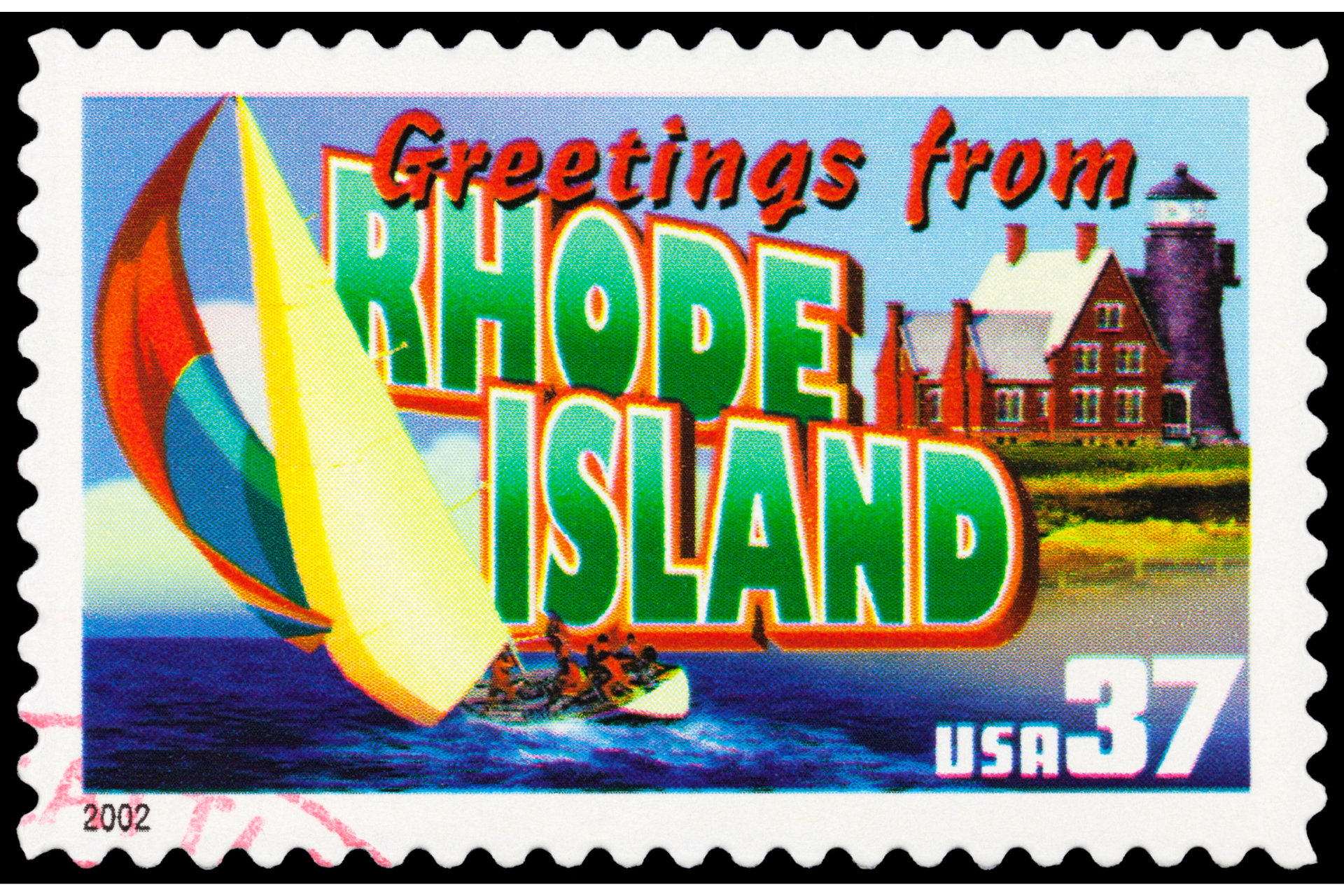The Marshallese Educational Initiative gathered in Springdale, Arkansas, on March 1, 2024, the 70th anniversary of the detonation of Castle Bravo. This nuclear test, which took place on Bikini Atoll in the Marshall Islands, had an explosive yield 1,000 greater than the bombs dropped on Hiroshima. On the anniversary of this nuclear test, known as Nuclear Remembrance Day, the MEI brought together a panel on the ongoing health effects of the 67 nuclear tests which took place in the Marshall Islands in the 20th century.
Albious Latior, a Marshallese community activist who was born 400 miles from Bikini Atoll, shared memories of his grandfather’s experience of the Castle Bravo test. “They were really healthy in those days,” Latior said. “They met their great-grandparents. But our generation, we did not even meet our grandparents.”
Latior spoke of the effects of the radiation on the people of the Marshall Islands, an independent nation with a Compact of Free Association with the United States. “Our island is one of the unhealthiest countries in the world,” he said sadly, referencing the unusually high levels of chronic diseases affecting the Marshallese. Before the nuclear testing, Marshallese people relied on locally grown food and fish caught in the ocean. After the testing, residents could no longer eat the local food because of the contamination from the testing. They came to rely on canned food. Latior sees this change in the local eating habits as the cause of many of the current health issues among the Marshallese, not only in the Marshall Islands, but also in their U.S. communities.
Reference Man
Another speaker, Kayleigh Warren of Tewa Women United, had a different take on the situation. “We are seen as a generally unhealthy population,” she said, speaking of Native Americans living near the Los Alamos laboratory and affected by the Manhattan Project. Health professionals, she says, don’t connect the same health concerns the Pueblo share with the Marshallese with the effects of radiation. “They’ll tell you to lose some weight and not consider that it could be your environment.”
Warren pointed out the problem with standards of acceptable exposure to radiation. The official limits of safe levels of radiation are based on “Reference Man,” a hypothetical individual based on the average individual on the Manhattan Project. A white man, 154 pounds and 5’7″, Reference Man gets his food from the grocery store and has no chance of pregnancy or lactation. In New Mexico, as in the Marshall Islands, the people affected by the radiation included woman and children, as well as people who were smaller than the average white man. In both communities, unexplained infertility, frequent miscarriages, and high levels of cancer and thyroid disorders have been part of the healthcare landscape since the nuclear testing took place. Women and children, including developing fetuses, are affected by radiation and toxins differently from adult men, but their experiences were not considered in the development of standards of safe exposure.
Observers in the Republic of the Marshall Islands (RMI) reported that Marshallese children played in the fallout from Castle Bravo as though it were snow. Latior reminded his audience that the Marshallese people were not warned about the nuclear testing, did not understand the health risks involved, and did not receive adequate medical care afterwards.
A shared nuclear legacy
The MEI emphasizes that the legacy of nuclear testing in the Marshall Islands is a shared legacy of the United States and the RMI. At the time of the nuclear tests ng conducted by the United States in the Marshall Islands, the RMI was under U.S. administration, having been freed from Japanese occupation and watched over by the United Nations. When the RMI decided to engage in a relationship of Free Association with the United States, discussions about the articles of free association included conversations about making the harm from the nuclear testing right. Compensation through the the Marshall Islands Nuclear Claims Tribunal was planned, but the RMI and the U.S. federal government do not agree on the question of whether sufficient compensation has been paid.
Residents of the Marshall Islands are Marshallese citizens. They do not have U.S. citizenship, and as a sovereign nation, the RMI does not have representation in the U.S. Congress.
A recent Atlas poll in Puerto Rico found that, while the majority continue to prefer statehood to any other political status, 23% of respondents favor independence with free association with the United States. The case of the Marshall Islands is worth looking at for those who are considering this option. Certainly, the historical situation which allowed the devastating effects of Castle Bravo are no longer in place. Such an event would be very unlikely today. But the relative powerlessness of a small nation in negotiations with the United States was an issue for the Marshall Islands in 2023 when they renegotiated the terms of free association. The current and ongoing delay in funding from Congress even after those negotiations were complete is not a historical event. And the United States continues to have control over military issues in RMI and all of the freely associated states, even when financial support is not provided.


